Can Nail Polish Cause Fungal Infections? Myths vs. Facts Explained
Can Nail Polish Cause Fungus? Myths vs Facts Nail polish
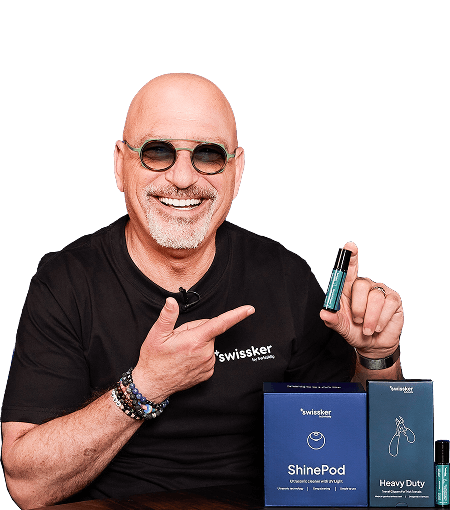
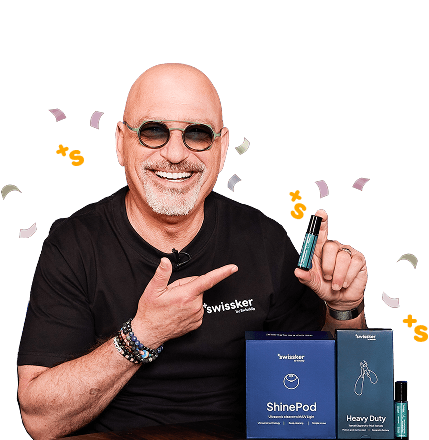


Free Fast Shipping on Orders Over $60




Toenail fungus is something that many people experience throughout life. It may not be a topic that’s often spoken about, but it is estimated that almost 14% of adults in North America have toenail fungus.
This stubborn, often recurring, and resistant to quick remedies issue is hard to treat, specially considering that many treatments only reduce symptoms without tackling the undelying root. The key to eliminating toenail fungus is to choose the right therapy and preventing reinfection.
Let’s breakdown what really works, and why some methods fail
If you’re experiencing thick, brittle, yellow nails, you will know only too well that eliminating toenail fungus isn’t an easy task. You may have waited to see if it clears up on its own without success. You may have also tried a few different ways to fix toenail fungus. The problem is, just when you think you’re making progress, toenail fungus often returns.
So, why is it so hard to get rid of toenail fungus?
Unfortunately, toenails provide the perfect environment for fungus to thrive and grow. The hard shell of the toenail creates a protective shelter where fungus can continue to multiply undisturbed. As the fungus is beneath the nail, it’s extremely challenging to reach the source of the fungus and to kill it. The warm, dark, and moist conditions that are created when you wear socks and shoes, also help fungus to keep growing.


Anti fungal creams and ointments, such as terbinafine cream, are often used to treat toenail fungus. However, these can sometimes cause irritation to the surrounding skin. If you are pregnant or breastfeeding, terbinafine may not be suitable for you to use, so you will need to discuss this with your healthcare provider.
Some creams:
These tablets often need to be taken for several months to be effective. However, some people experience side effects when taking them.
Oral Treatments (often Terbinafine, Itraconazole) are:
Laser treatment is sometimes offered as a toenail fungus treatment when the fungus is at the most severe stage. This involves the infected toenail being targeted with a laser beam in a bid to kill the fungus. However, there is little evidence to suggest this method works as a permanent solution for toenail fungus.
Laser treatment for toenail fungus:
Reality check: No single method guarantees “permanent” cure. Success = treatment + prevention.
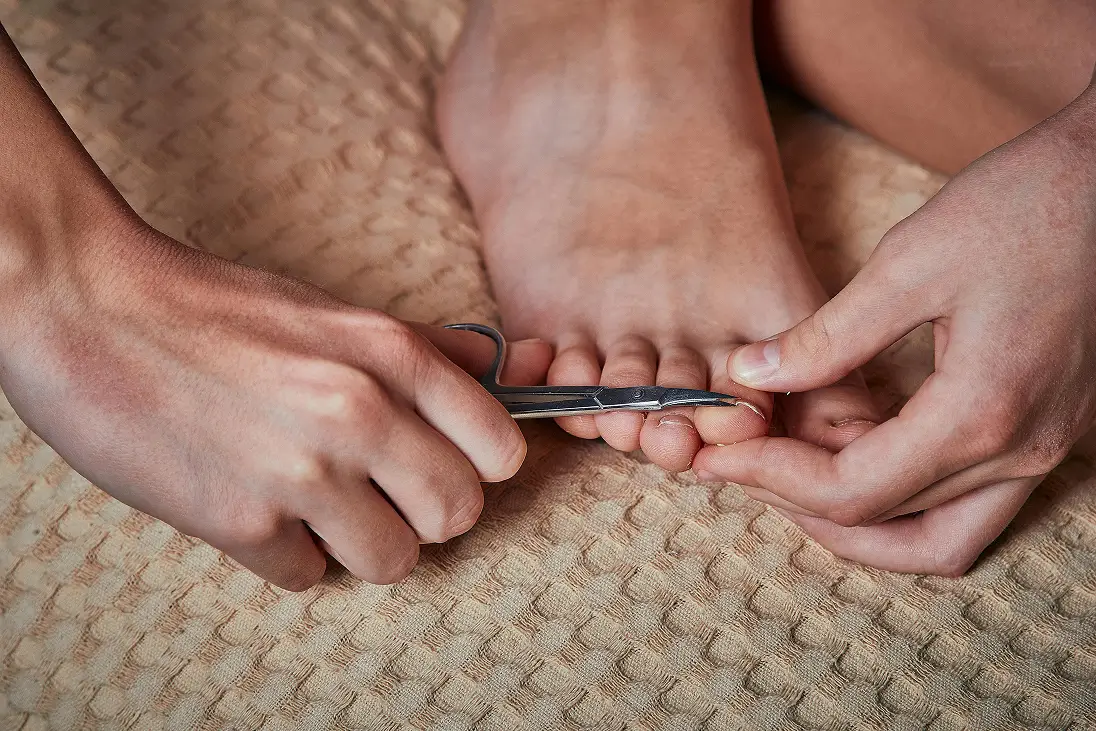

As you can see, treating toenail fungus is extremely challenging, and it can take many months to be effective. So, preventing toenail fungus from developing in the first place is the best way to keep your nails healthy.
Keeping your feet clean and dry is the first step to preventing toenail fungus. Wearing shoes made from breathable material can also keep fungus at bay. Keeping nails short will help prevent fungus growing underneath them. Using a topical anti fungal treatment made from natural ingredients can be used as soon as the first signs of toenail fungus appear. This will help to stop the fungus in its tracks, before it develops into a more widespread fungal infection.
Quick tips
The KlearNail Anti-Fungal Stick kills fungal spores on contact, and doesn’t contain any chemical ingredients, making it safe for long term use. Using KlearNail for at least six months can completely eliminate stubborn toenail fungus, even when it’s deep into the nail.

Our blog is authored by the Swissklip founders alongside our trusted medical advisors. What began as a heartfelt solution for Opa’s thick toenails blossomed into a full line of premium self-care tools, all designed with quality and safety in mind. Working closely with podiatrists and dentists, we ensure every article carries medical-grade insights you can trust. Expect practical, expert-backed advice every time.
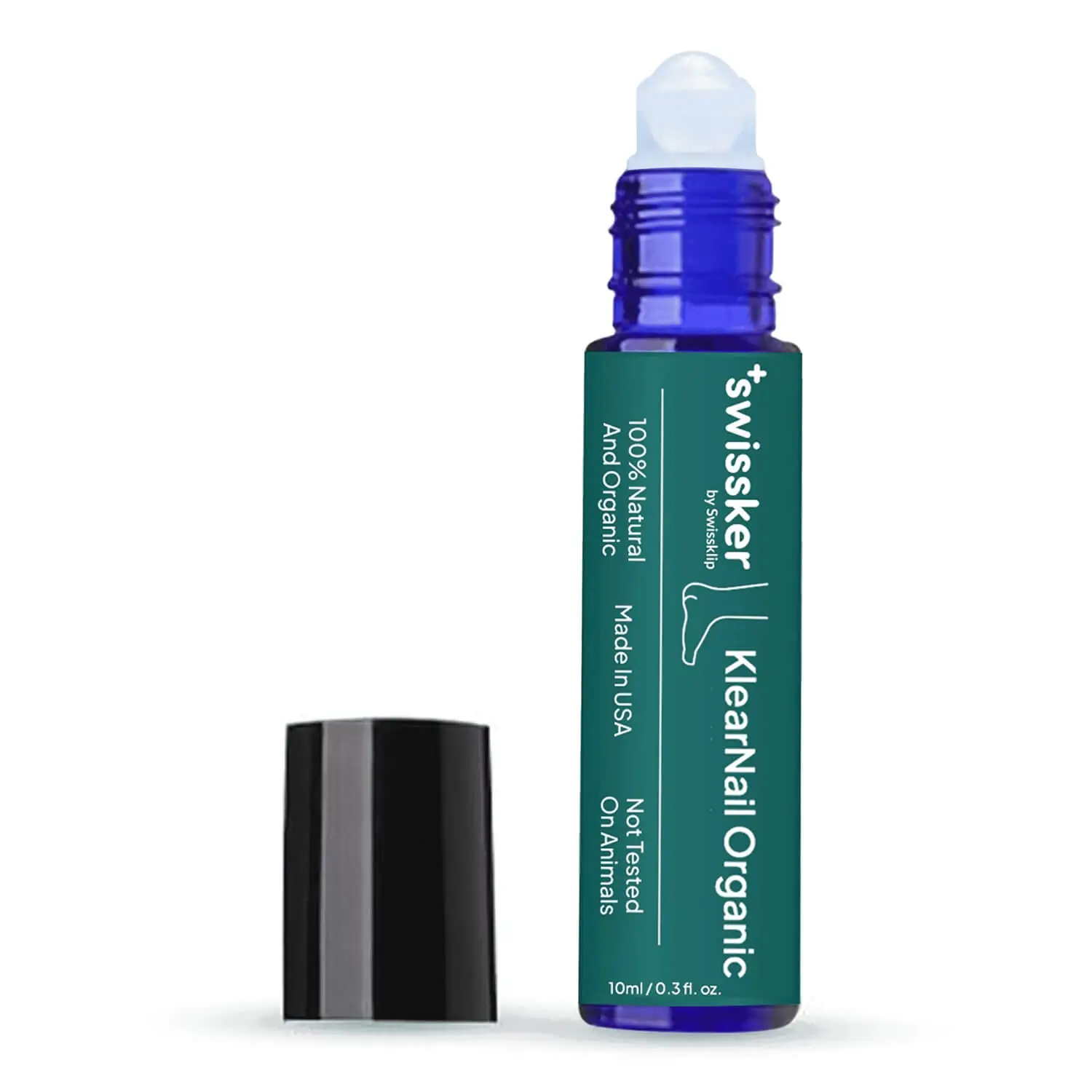

A roll-on solution that kills drug-resistant fungus on contact.
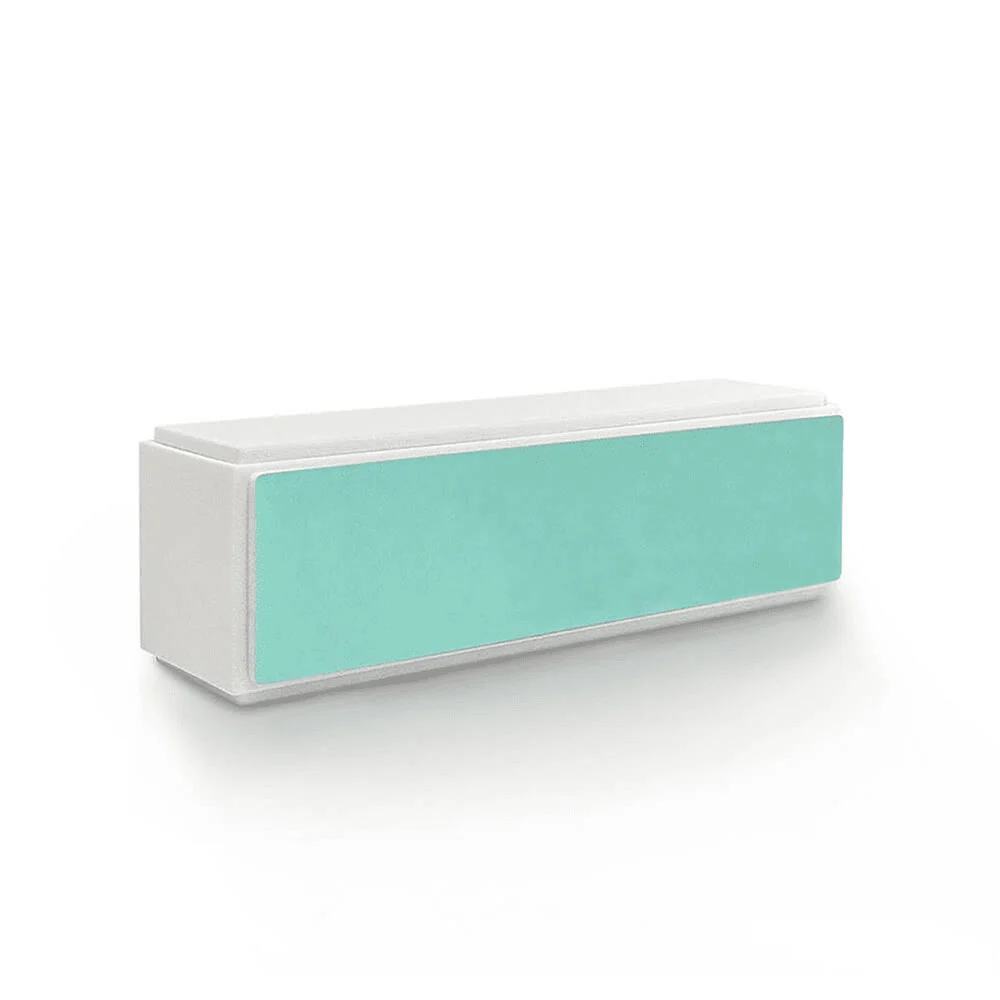

Achieve salon-quality smoothness and a dazzling natural shine
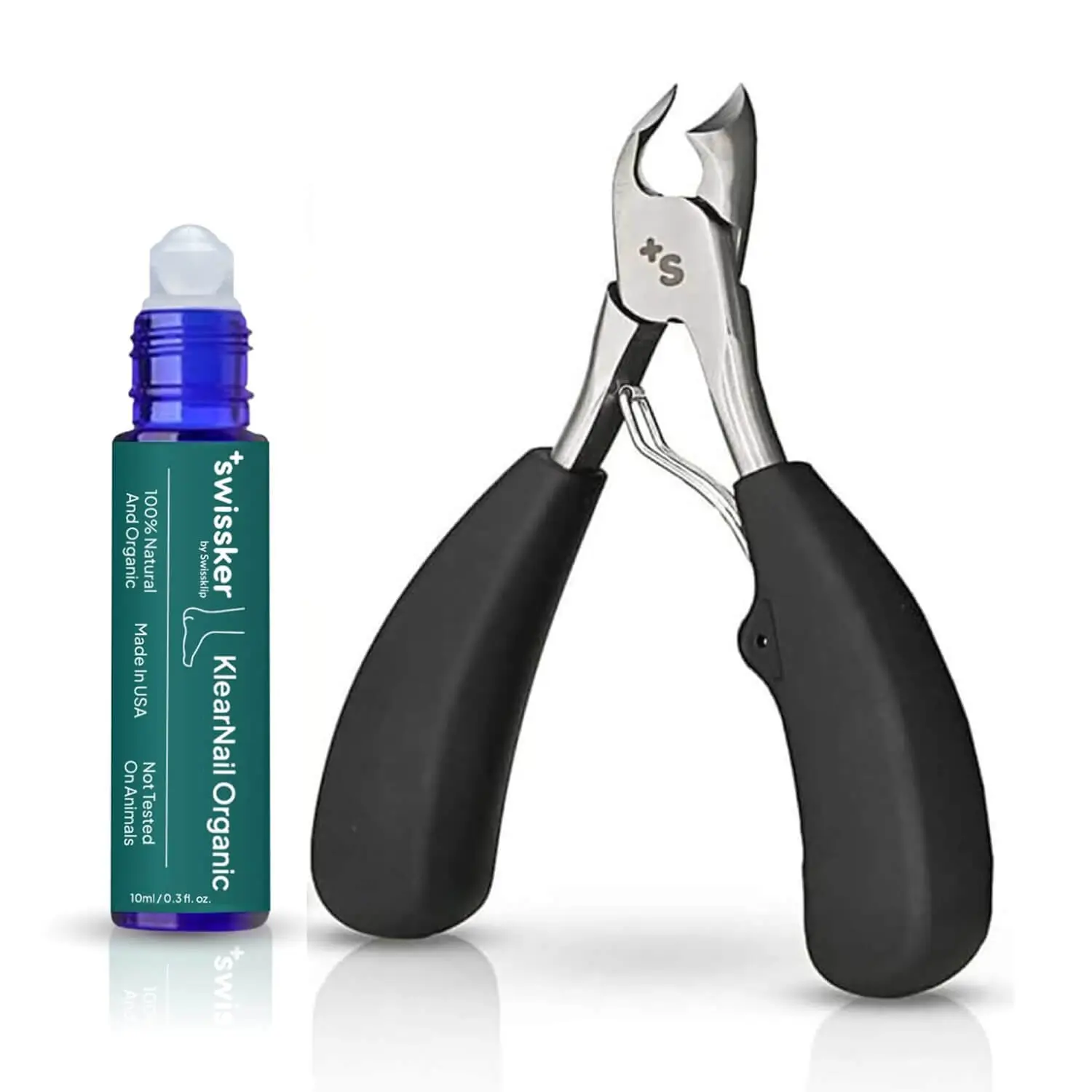

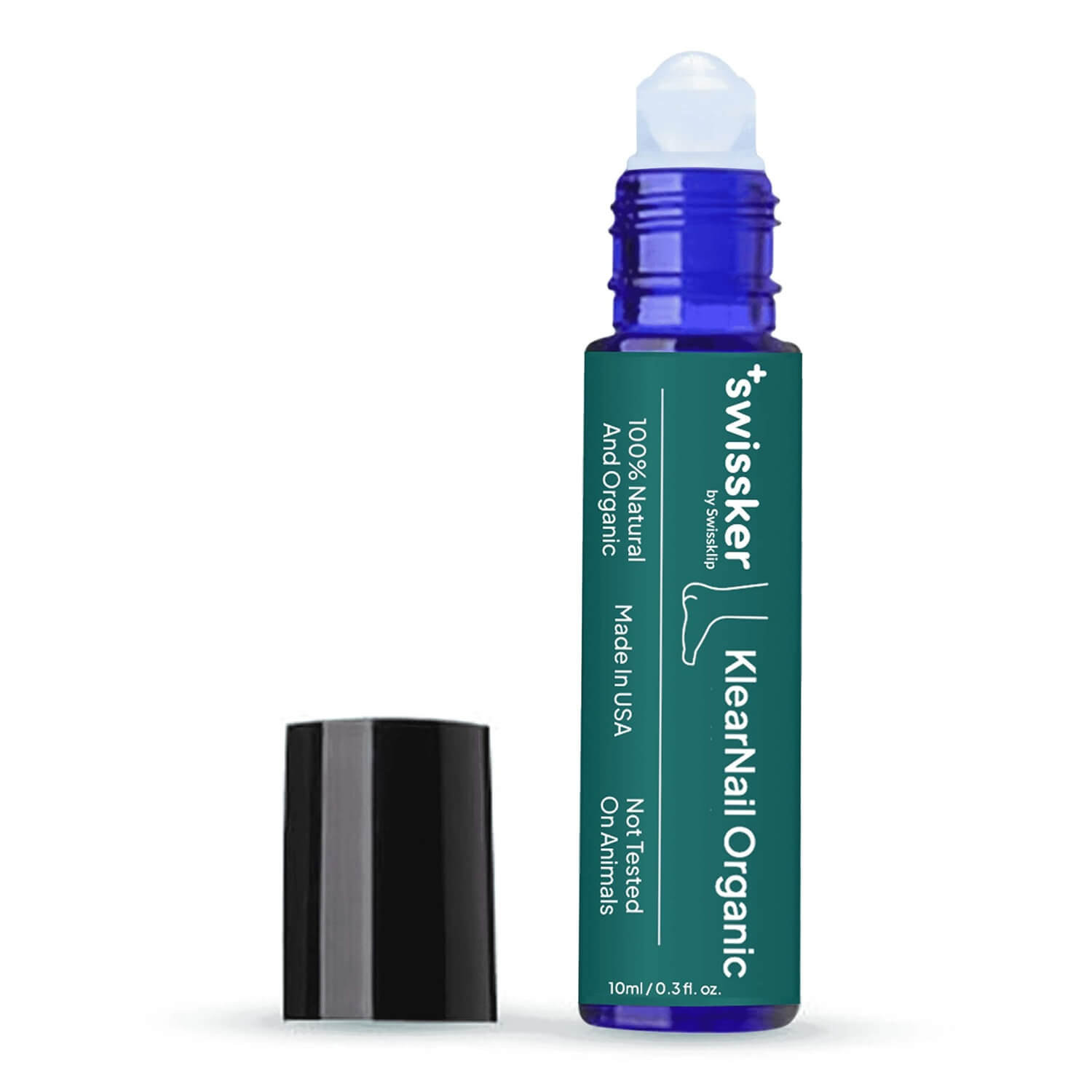

A roll-on solution that kills drug-resistant fungus on contact.
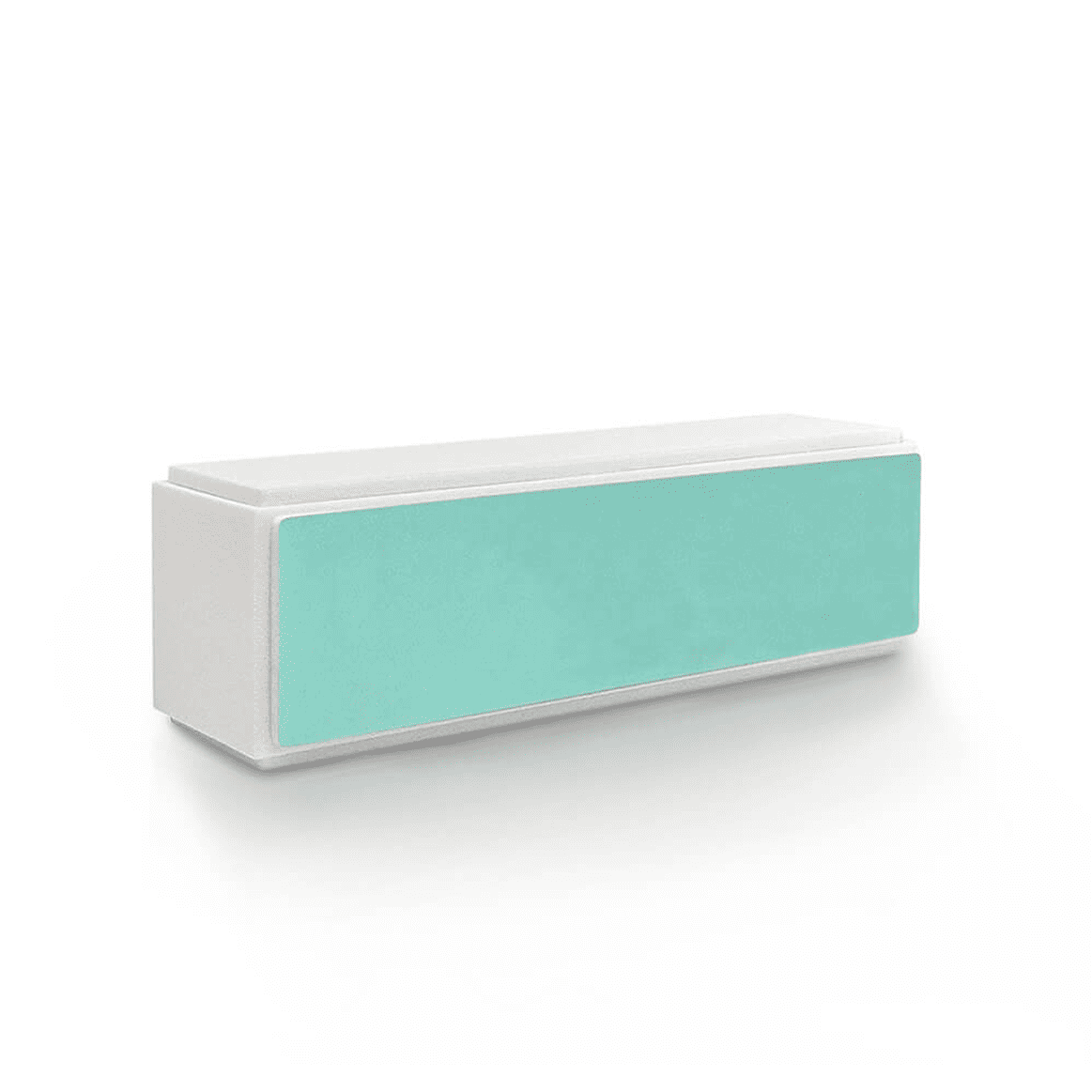

Achieve salon-quality smoothness and a dazzling natural shine
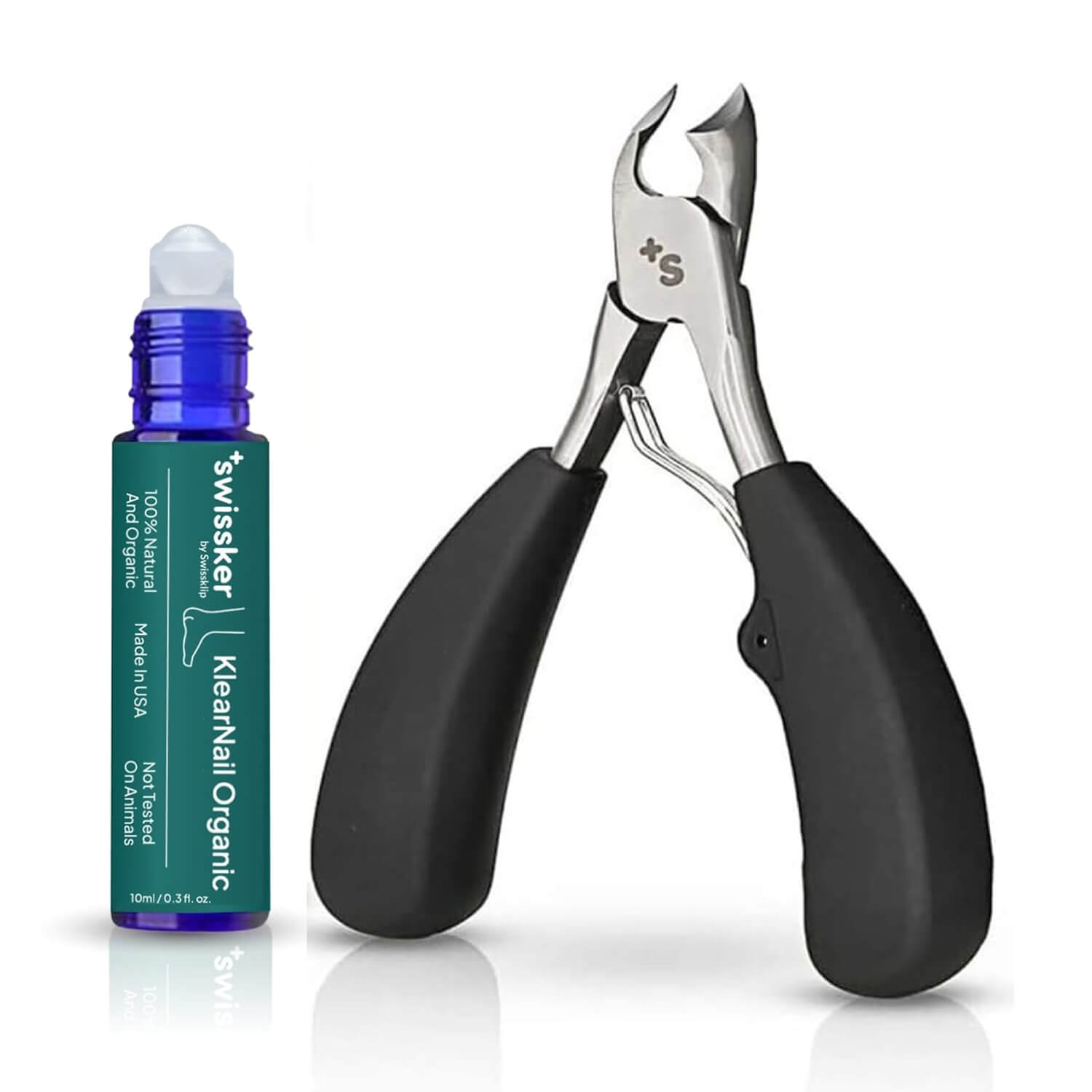

Can Nail Polish Cause Fungus? Myths vs Facts Nail polish
10 Hygiene Essentials Everyone Should Own Most people think they